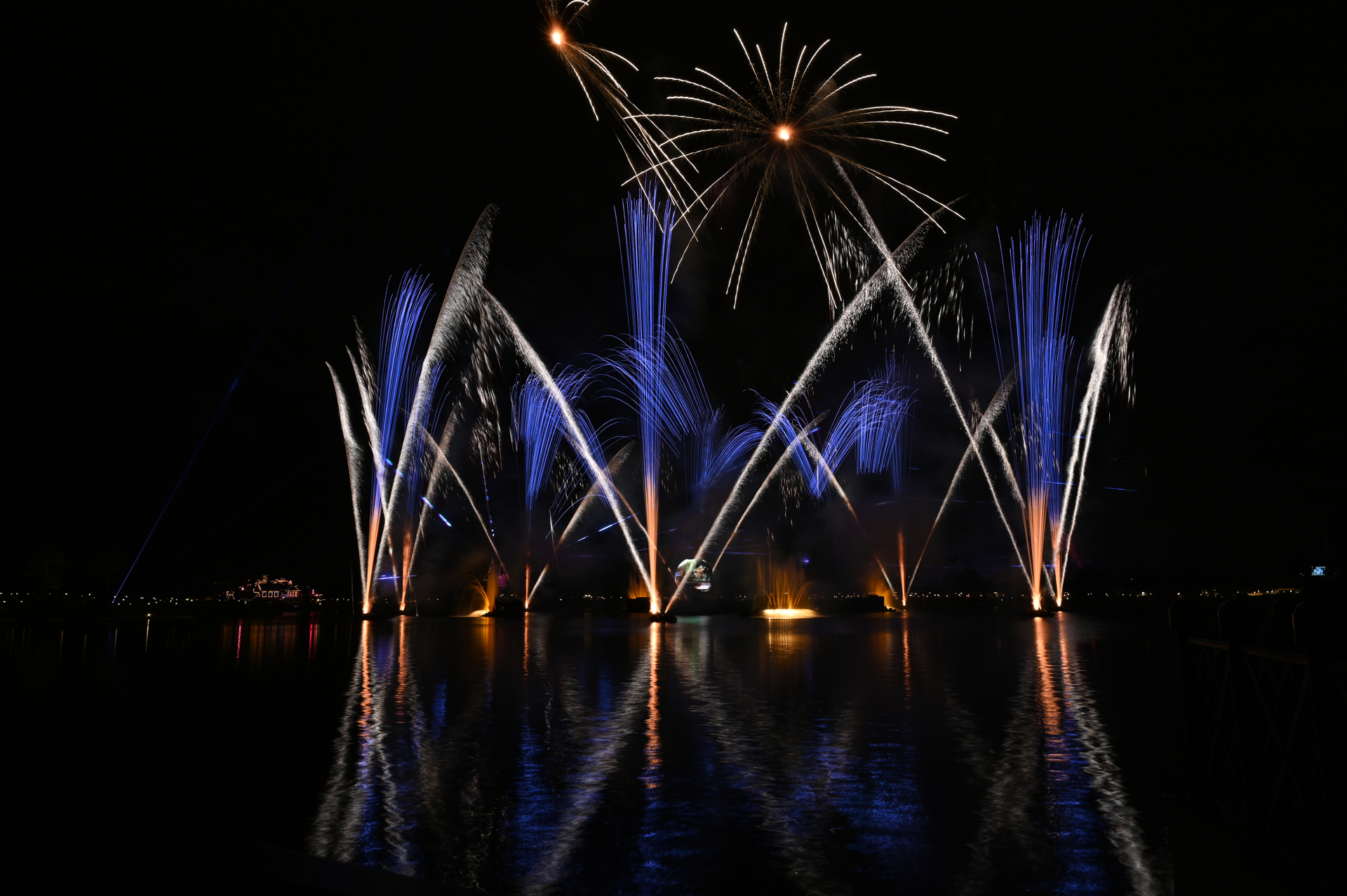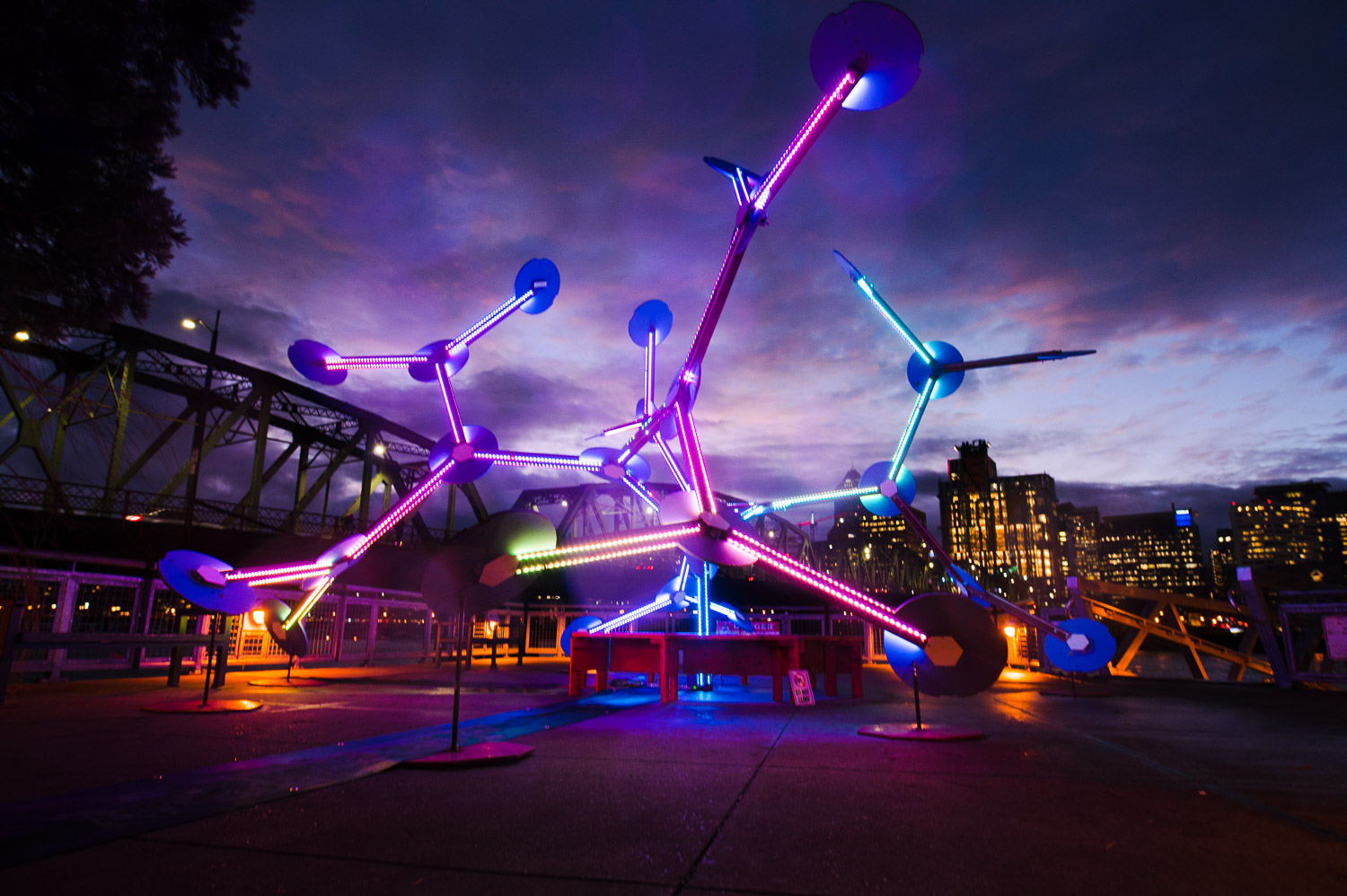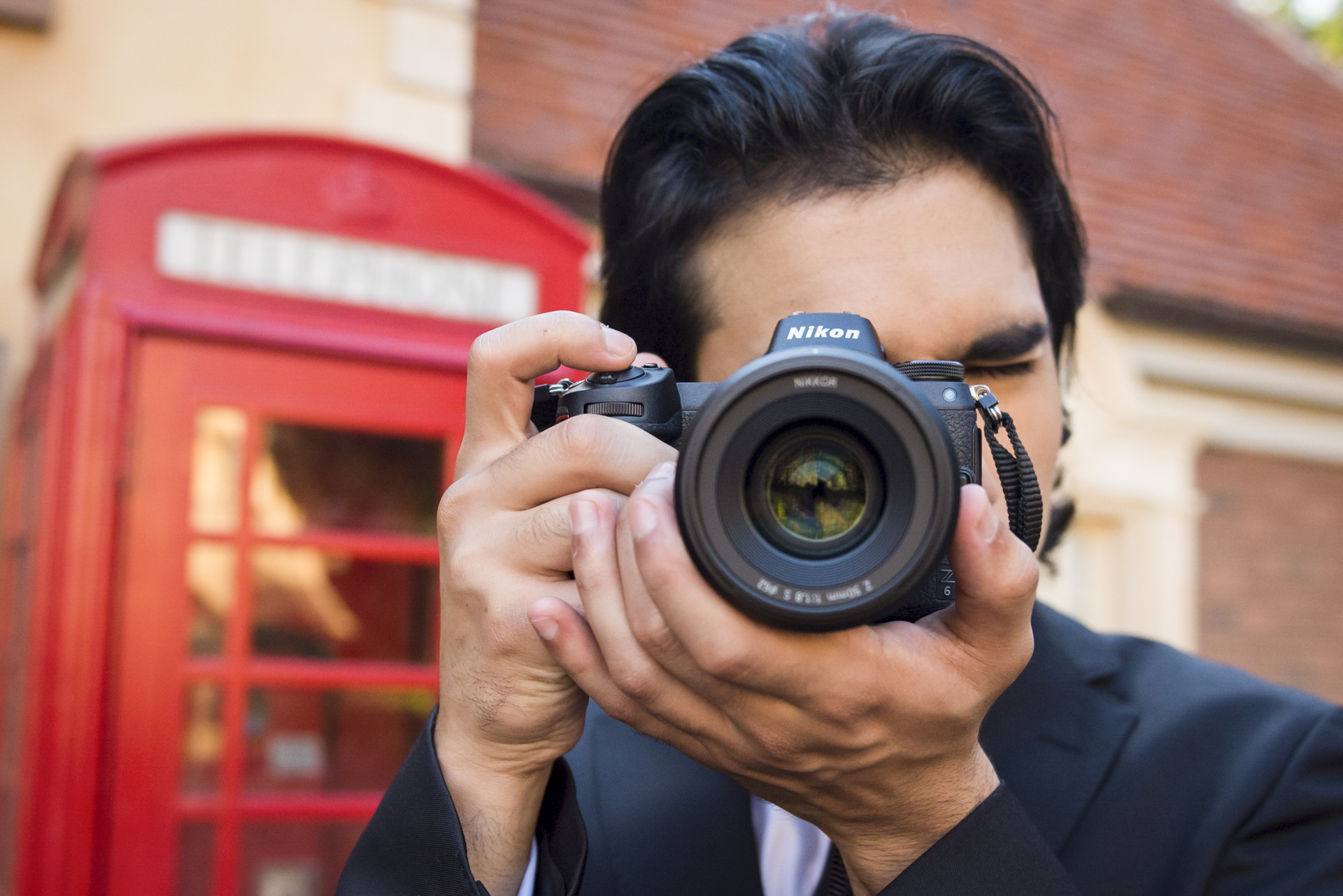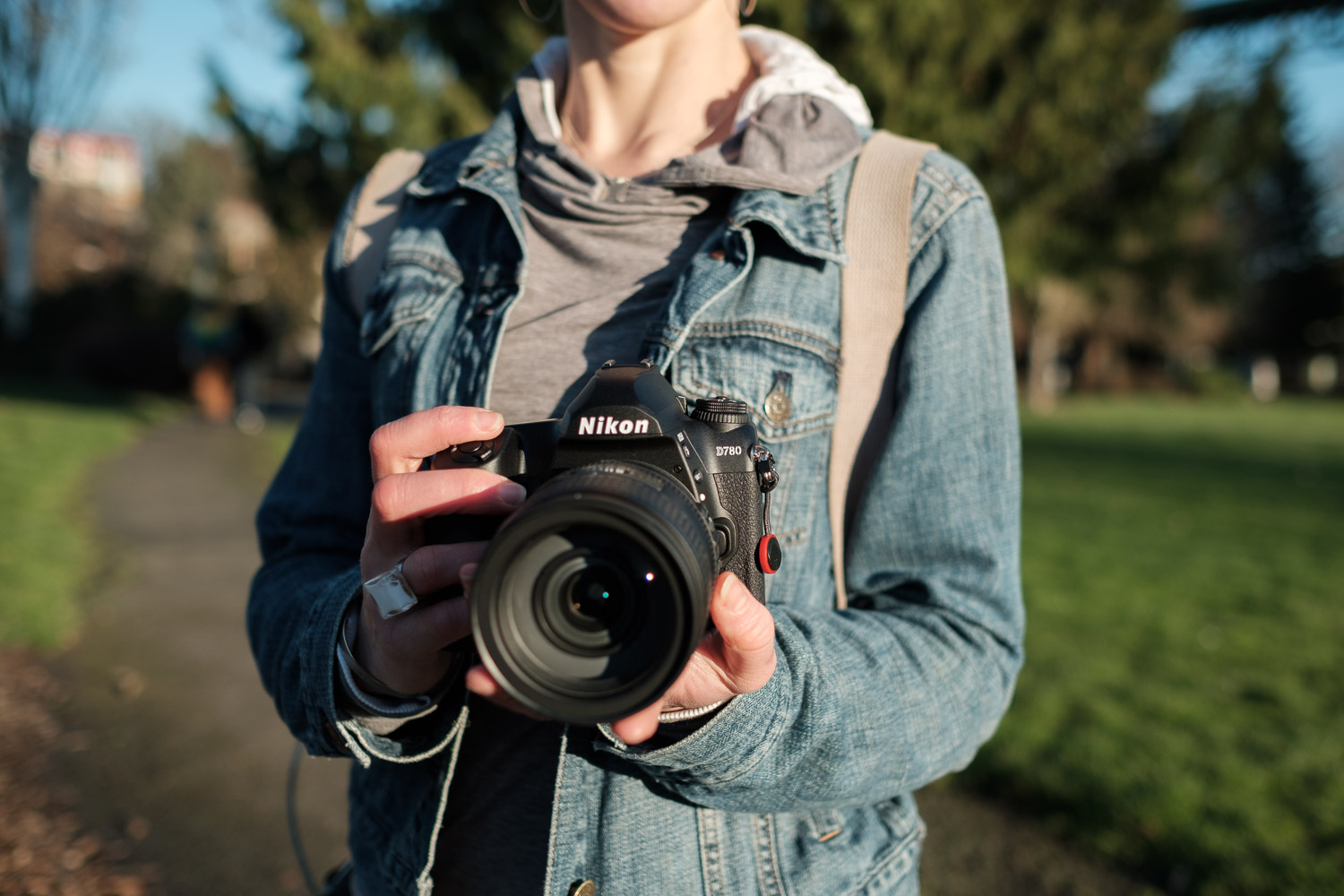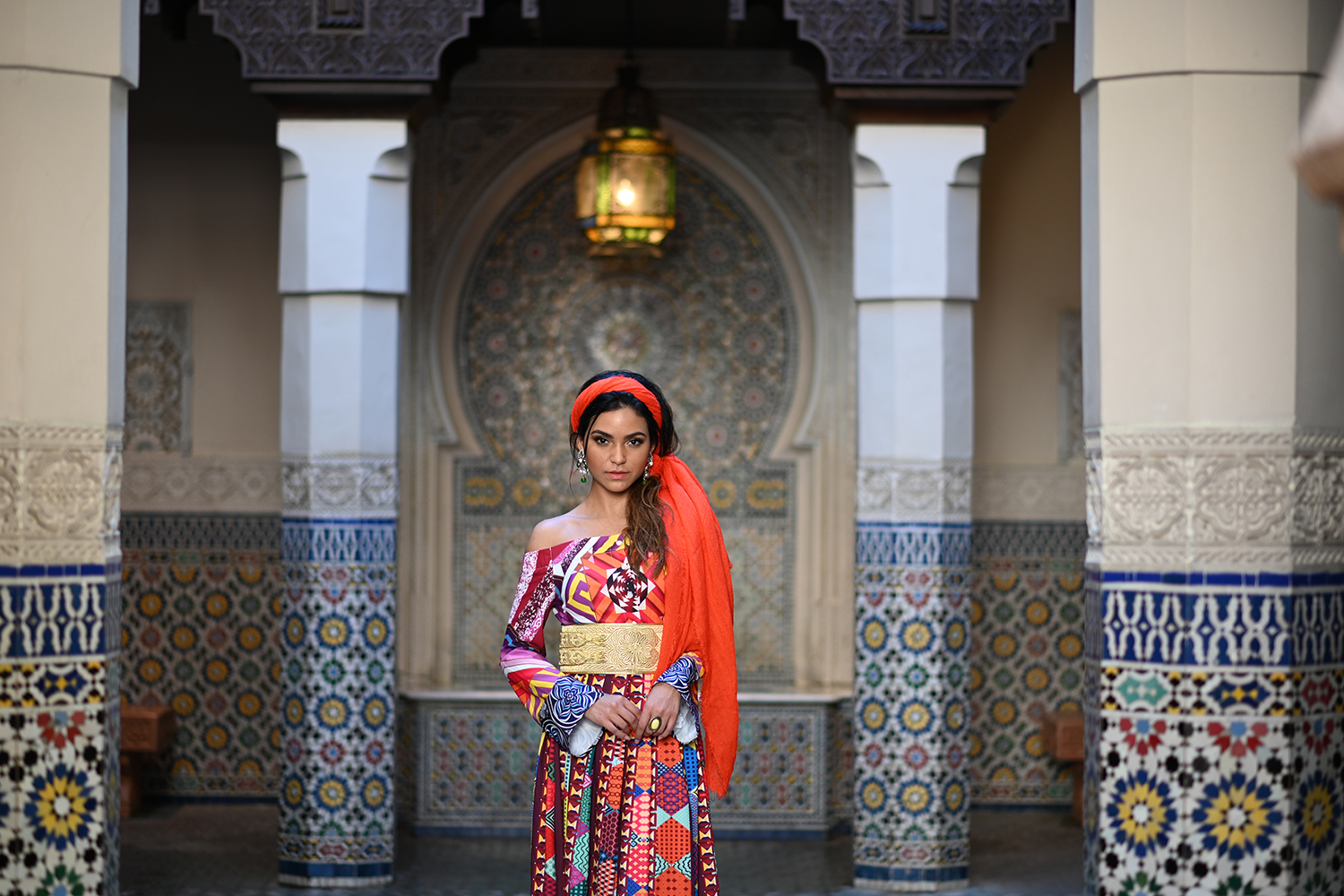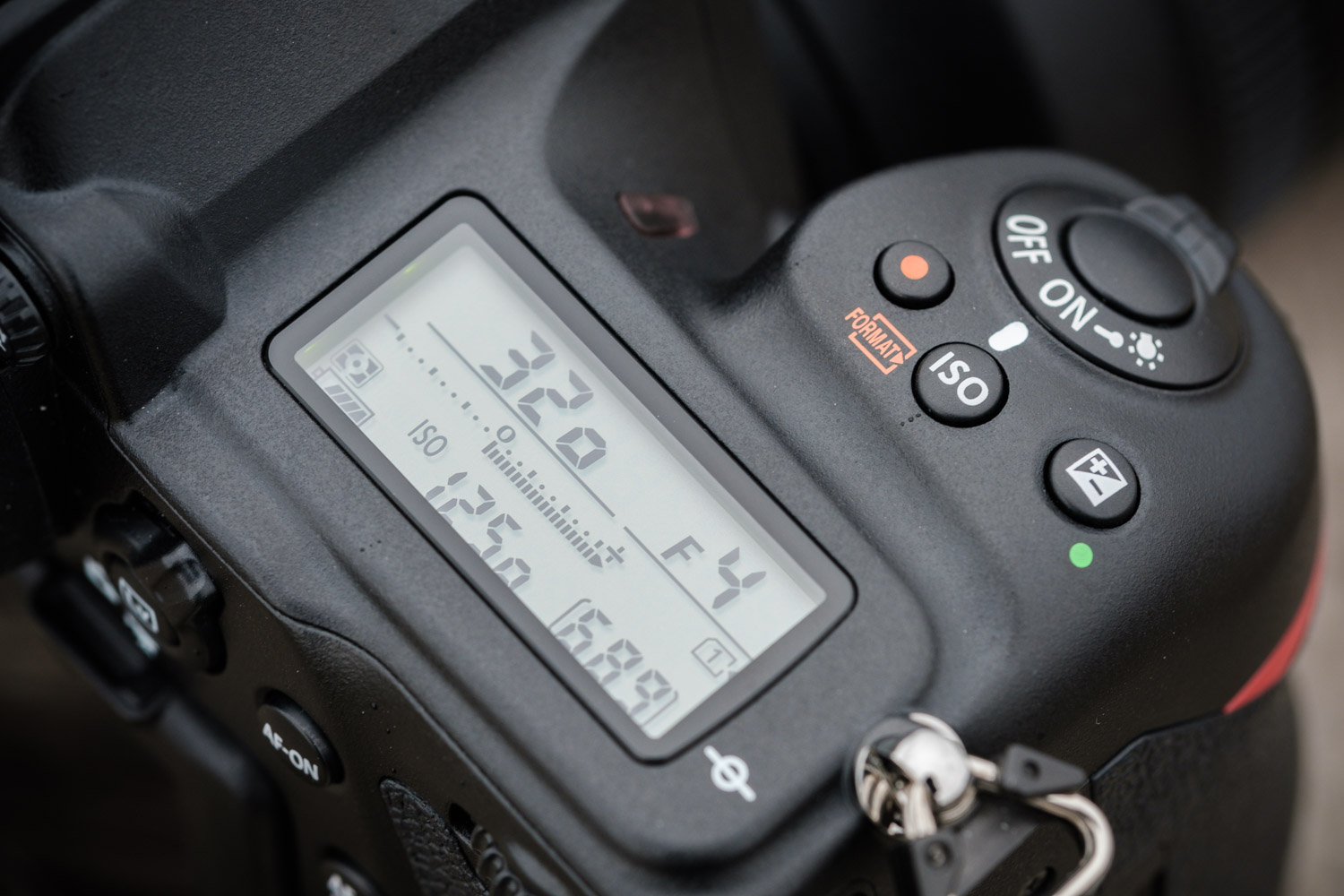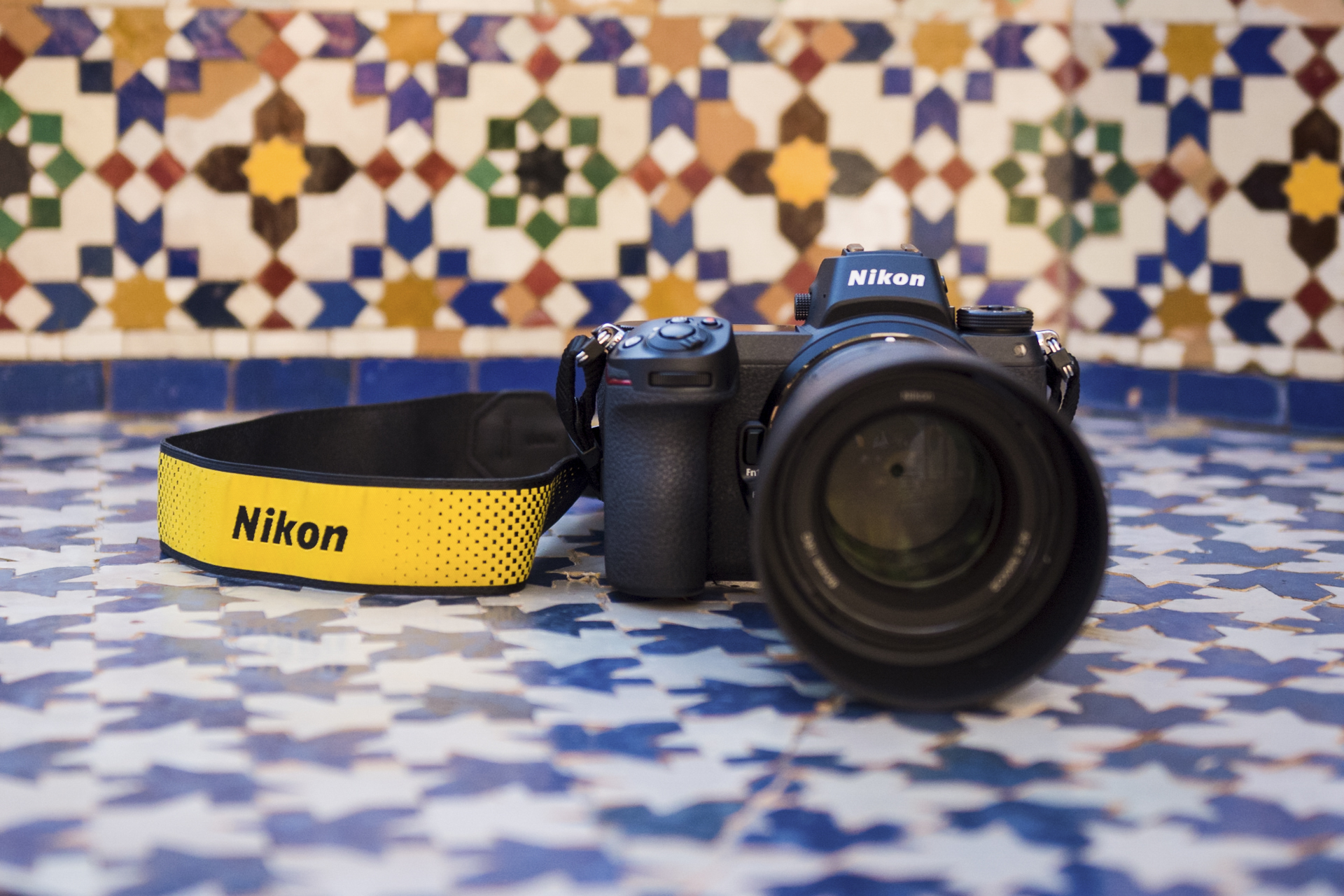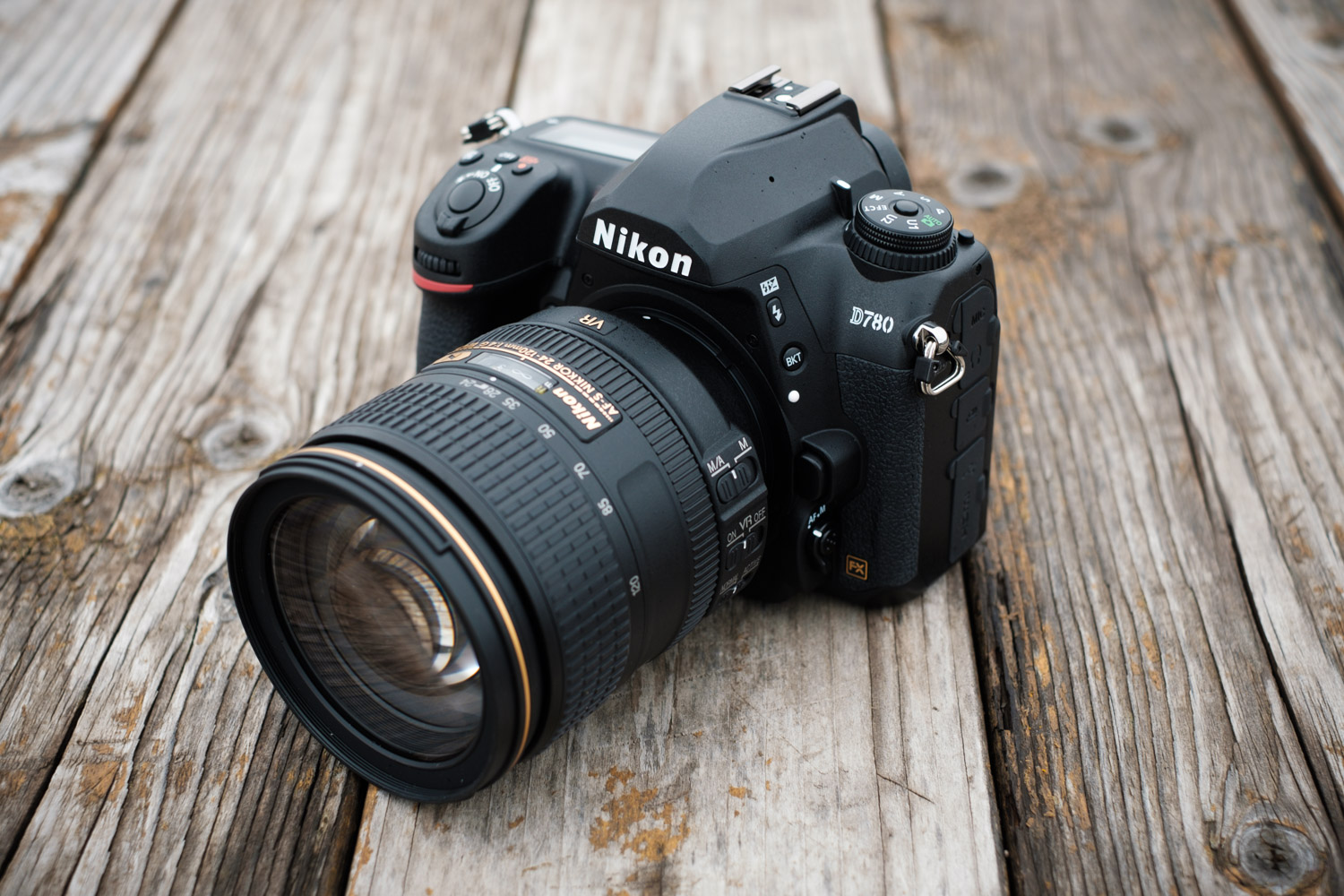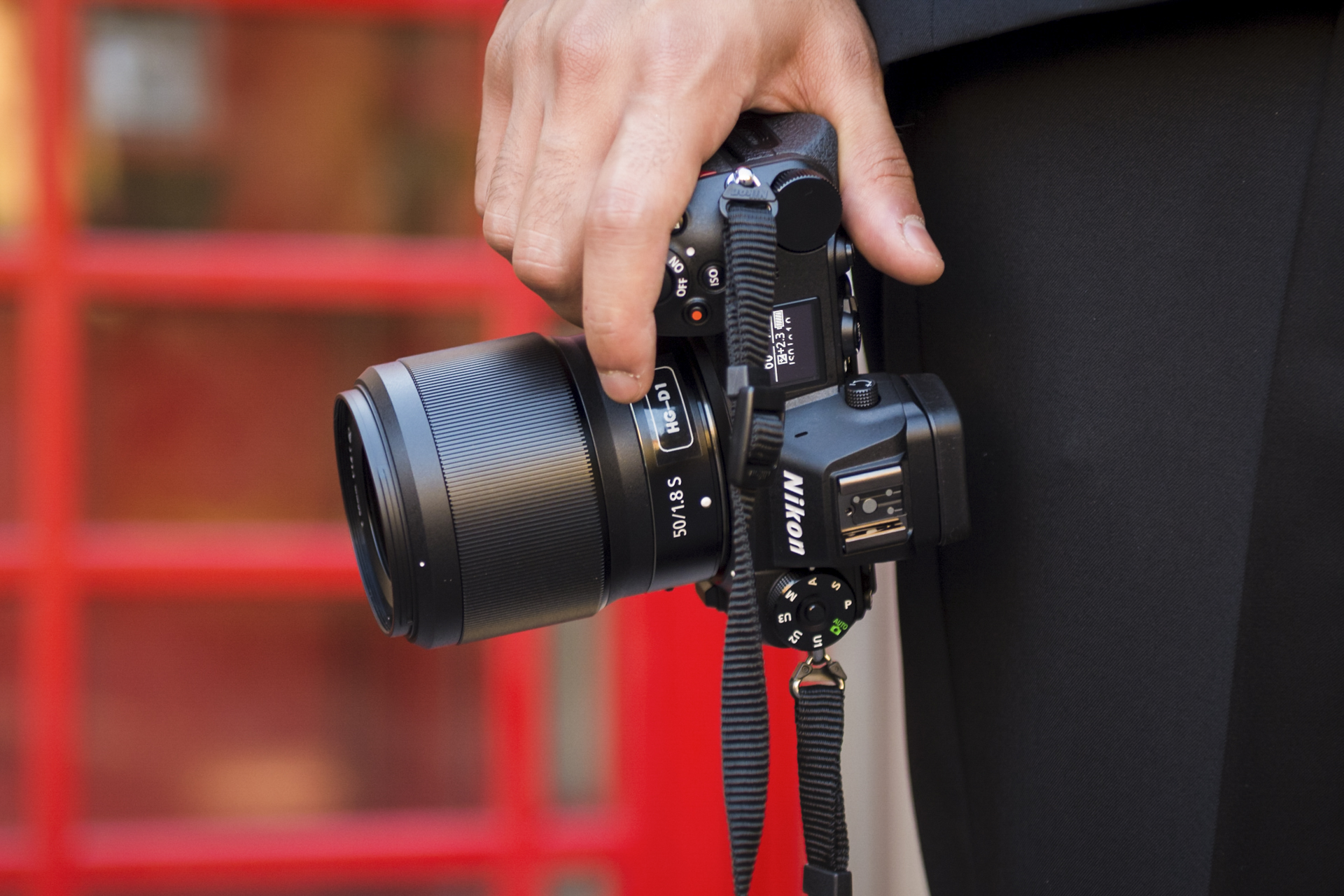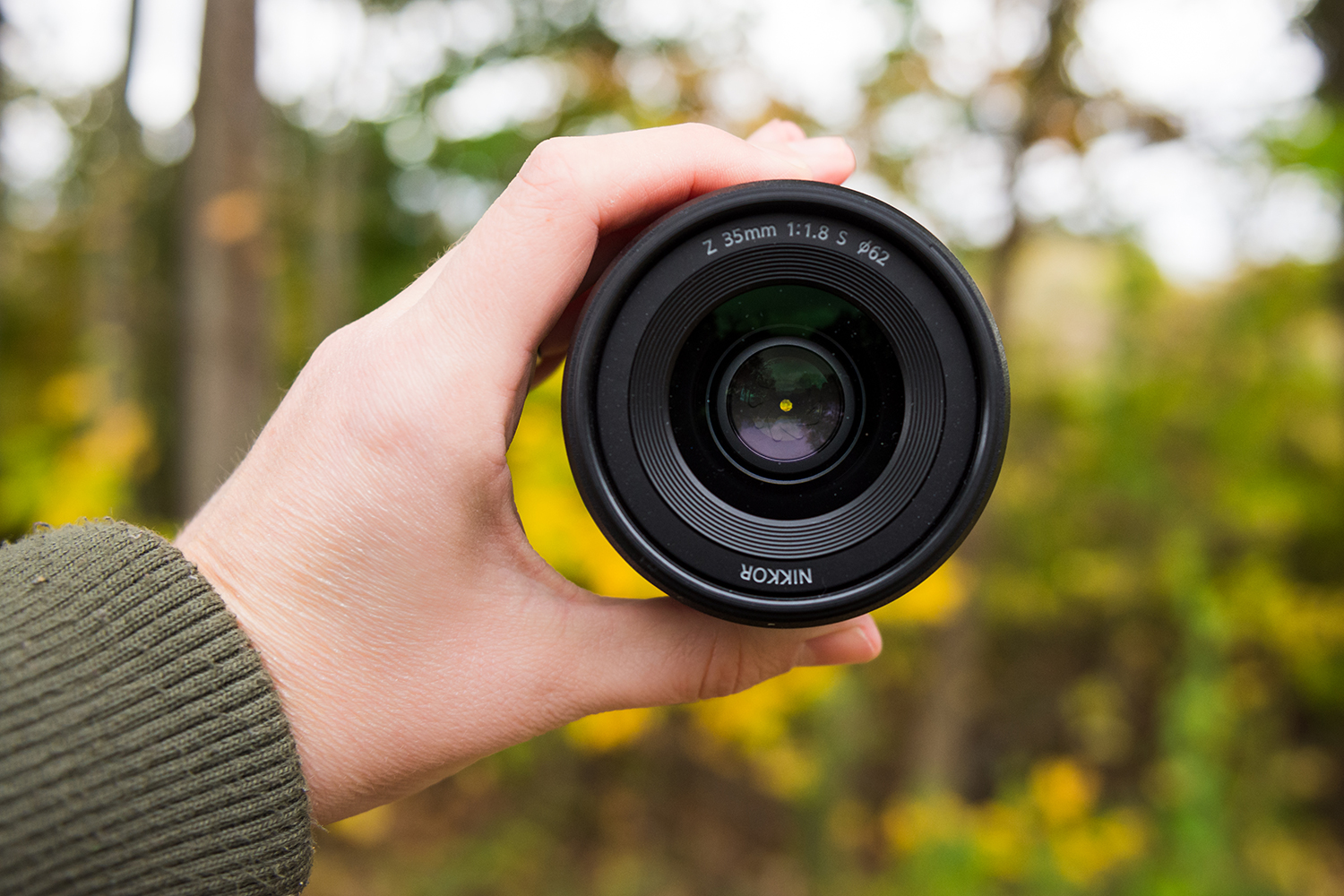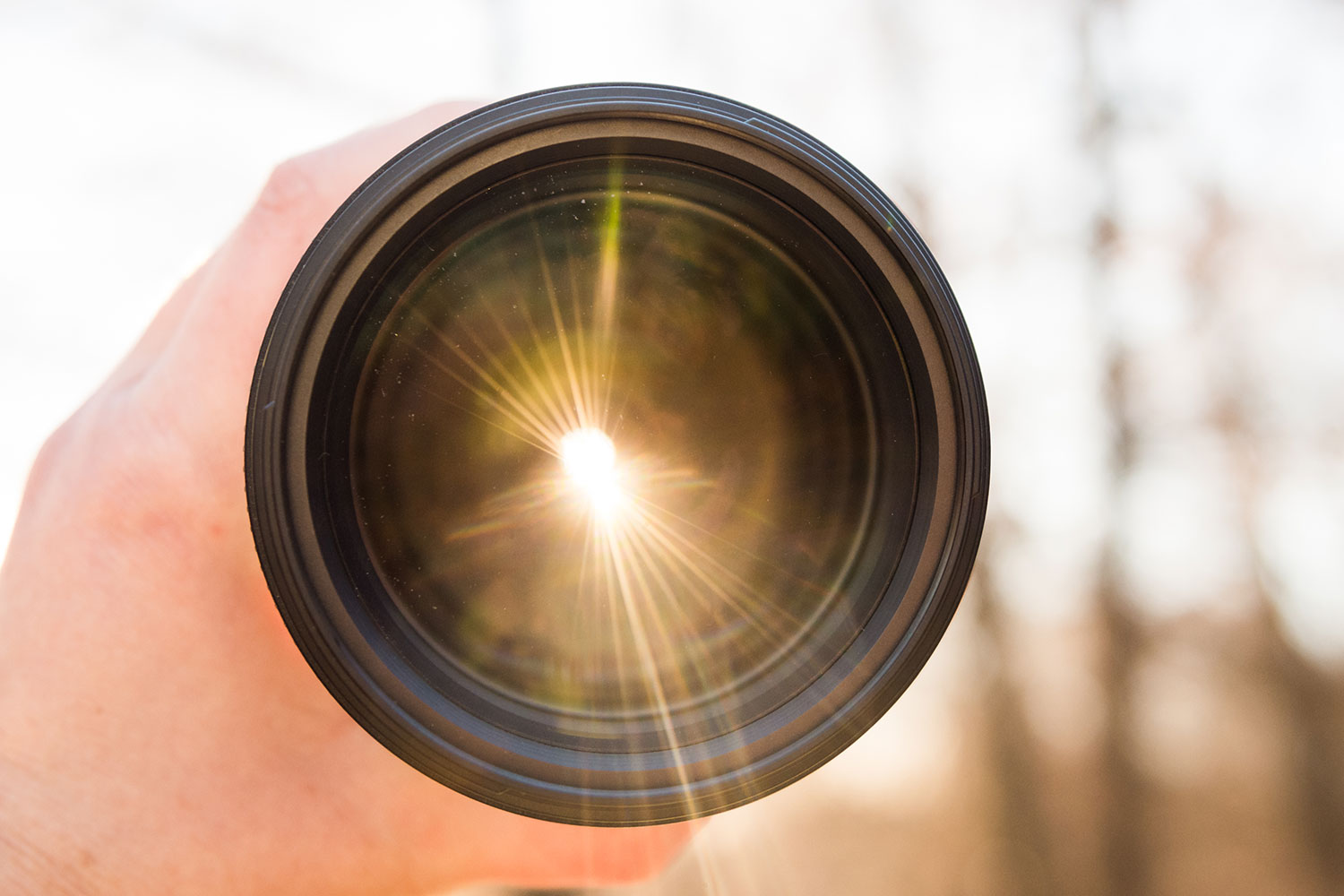While some have been calling for the death of the DSLR for years, it’s still here. The D780 is the latest evidence of Nikon’s commitment to allow the D-series to coexist with its mirrorless Z-series. It is, essentially, a Z 6 in new clothes, packed with the same 24-megapixel full-frame sensor, Expeed 6 processor, and many of the same features. It is Nikon’s first DSLR to have mirrorless tech, like on-chip phase-detection autofocus.
But the two cameras are also completely different, and each can be better for specific types of photography. So which is better? That depends on how you need to use it.
Key differences
Nikon Z 6
- Full-frame mirrorless, Z mount
- Electronic viewfinder, 3.69-million-dot resolution
- Single XQD/CFexpress memory card slot
- 310-shot battery life
Nikon D780
- Full-frame DSLR, F mount
- Optical viewfinder
- Dual SD memory card slots
- 2,260-shot battery life (using viewfinder)
Sensor
Images from the Nikon Z 6 and D780 will be virtually identical because they both share a 24.5-megapixel full-frame sensor. While there will be some differences because of lenses and image stabilization (more on both of these things later), images from both cameras are excellent. High ISO performance is particularly impressive, offering low noise levels in low light situations.
Speed
Without a mirror to lift, the Z 6 easily outpaces the D780 in terms of burst speed — sort of. The mirrorless camera boasts a 12-fps burst speed with continuous autofocus, but don’t forget the fine print. If you need live view, that pace drops down to 5.5 fps.
At full resolution, the Nikon D780 tops out at 7 fps when using the optical viewfinder. While slower than the Z 6’s top speed, the optical viewfinder has no problem keeping up in real time, unlike the Z 6’s electronic viewfinder. Also, the D780’s speed can be increased to 12 fps when in live view and using the electronic shutter, but if you’re shooting RAW, you’ll have to make do with 12-bit instead of 14-bit quality.
The DSLR also has a larger buffer, able to store 68 RAW photos compared to the Z 6’s 15-shot buffer based on our real-world testing. The Z 6 should clear photos quickly, though, thanks to its faster XQD or CFexpress memory card.
Autofocus
The Z 6 uses a 273-point hybrid contrast- and phase-detection autofocus system. It locked on quickly in most scenes, and we had no problem using the Z 6 to photograph movement, like birds in flight.
But, we did have a problem focusing quickly in low light scenes — and that’s where the DSLR is still king, at least for Nikon. On paper, the Z 6’s AF is sensitive down to -3.5 EV, the D780 only to -3. Both cameras can go even dimmer in a special low light mode, the Z 6 to -6 EV and the D780 to -5.5 (which has to be used in live view).
In our real-world testing, however, the D780’s 51-point viewfinder AF system performed better in darker scenes. We were also able to get an assist from the AF grid projected by a Nikon flash, something not compatible with mirrorless focusing systems. It also did an excellent job in 3D Tracking mode of staying locked on to a moving subject, something the mirrorless Z 6 has a bit more trouble with.
However, that viewfinder AF system doesn’t offer nearly as much coverage as the Z 6’s AF, with all of its points clustered relatively close to the center of the frame. But, since it uses the same sensor, the D780 also has the Z 6’s autofocus system, complete with 273 points and eye-detection. However, it is only available in live view and therefore not through the optical viewfinder.
The D780, then, behaves like two different cameras depending on whether you frame your shot on the optical viewfinder or the LCD screen. The Z 6, however, performs exactly the same wither way. That’s a bit confusing, especially for novice photographers, but it does mean the D780 gets both the best of the mirrorless world and the low light and tracking benefits of a DSLR’s dedicated AF module.
Stabilization
The Z 6 was Nikon’s first camera to incorporate in-body image stabilization, with a 5-axis gimbal that does a great job of reducing blur from shaky hands. While Nikon has many optically stabilized lenses for its DSLRs, sensor-based stabilization means even non-stabilized lenses are, essentially, stabilized — even DSLR lenses adapted to mirrorless. This is particularly great for hard-t0-hold lenses like the beast that is the Nikkor 105mm f/1.4.
This is a big advantage over the D780, which depends entirely on lens-based stabilization. It doesn’t just allow for slower shutter speeds without blur, but also makes shooting smooth video much easier. Aside from size, the Z 6’s stabilized sensor is probably the biggest reason to opt for the mirrorless camera over the D780.
Video
The Z 6 was arguably Nikon’s first camera to fully embrace a hybrid still/video role. Nikon made a serious step forward with video capabilities by adding a logarithmic color profile called N-Log (which is useful for preserving more dynamic range in video, but requires color correction in post) and 10-bit output using an external recorder. It shoots 4K video from the full-width of the sensor, where many other cameras at the time shot 4K from a crop.
But, thanks again to using same sensor and processor, the D780 brings all of those video features to a DSLR. It’s one of the best DSLRs for video — certainly the best from Nikon.
However, DSLRs don’t make a lot of sense for video if that’s your main goal. The Z 6’s electronic viewfinder and sensor-shift stabilization give it a big edge, while the D780’s optical viewfinder is useless for video. The Z 6 also has an optional firmware upgrade to unlock RAW video, something that only a small number of pro customers will likely take advantage of, but it’s an interesting feature nonetheless.
Design
As a mirrorless camera, the Z 6 is considerably smaller and lighter, making it easier to carry with you. The body still feels every bit a Nikon, with the same high-quality build and a decent amount of physical controls — although not as many as you’ll find on a DSLR.
The key difference between a DSLR and a mirrorless camera is the viewfinder. The Z 6’s electronic viewfinder (EVF) is excellent, offering 100% frame coverage and 3.69-million-pixel resolution. As a DSLR, the D780 uses an optical viewfinder (OVF). An OVF, which shows you a reflected image straight from the lens, is lag-free. An EVF, by displaying an image from the sensor, can show an exposure preview so you can see what an image will look like before you shoot it, and also allows for tools like focus peaking and eye AF.
While the advantages of an EVF are many, many photographers still prefer an OVF. It also has one key advantage. Because it draws virtually no power, battery life is many times better on a DSLR than a mirrorless camera. The Z 6 and D780 use the same battery, but mirrorless camera is rated for just 310 exposures per charge compared to 2,260 for the DSLR.
Nikon made the interesting choice to use newer XQD or CFexpress memory cards on the Z 6, while the D780 uses the longtime standard SD cards — but it can hold two of them, whereas the Z 6 has a single card slot.
On a smaller note, the D780 unfortunately lacks an AF joystick, something on the Z 6 that makes selecting a focus point feel more immediate and ergonomic.
Lenses
Nikon has been making F-mount lenses for its DSLRs for decades. When looking at native lenses, there are certainly more for the D780 than the Z 6, and across a wider variety of prices, too.
But, the Z 6 can use F-mount lenses with an adapter, at least the modern AF-S variety, so you’re only missing out on access to older F-mount glass. And while there aren’t as many native Z-mount lenses (yet), the ones that are available are very good. Thanks in part to the wider mount and shorter flange distance, Z lenses are incredibly sharp (and apertures as wide as f/0.95 are supported, not that you could afford it).
While larger, more expensive lenses are available, for the most part Nikon’s Z lens strategy has been about finding a balance in quality and size. It offers a number of f/1.8 primes and f/4 zooms that make sense for a compact mirrorless body while still offering excellent optical performance. Every Z lens we’ve tested (which is almost all of them) has been exceptionally sharp, even when shot wide open.
Which is right for you?
The mirrorless age has arrived. These compact camera systems offer more features in smaller bodies, and only miss out on a handful of features found in DSLRs. The Nikon Z 6 has stabilization, impressive speed, excellent design, and sharp lenses. The D780 may win out in fewer categories, but in some major features with better low light autofocus and longer battery life.
The Nikon Z 6 is the best option for most photographers (especially considering its lower price). The Z 6 is the camera that we’d pick up for travel, portraits, street photography, or video.
The Nikon D780 is the camera that we would choose for weddings and events, or any scenario with low light, fast action, or which requires all-day battery life. And as rare as card failures are, that second SD card offers some peace of mind for those most important memories.
Bottom line
Buy the Nikon D780 if you shoot a lot of sports or live events. Buy the Nikon Z 6 for just about anything else, but especially for portraiture or video where its electronic viewfinder makes a big difference.
